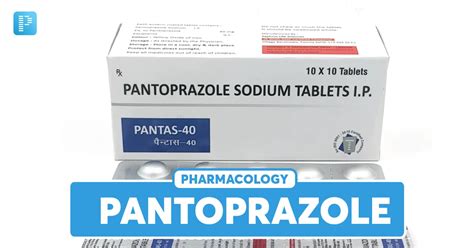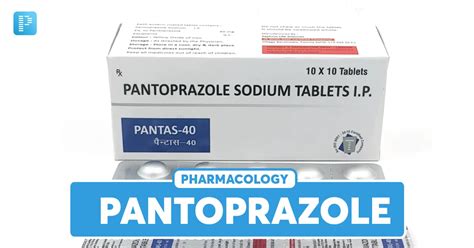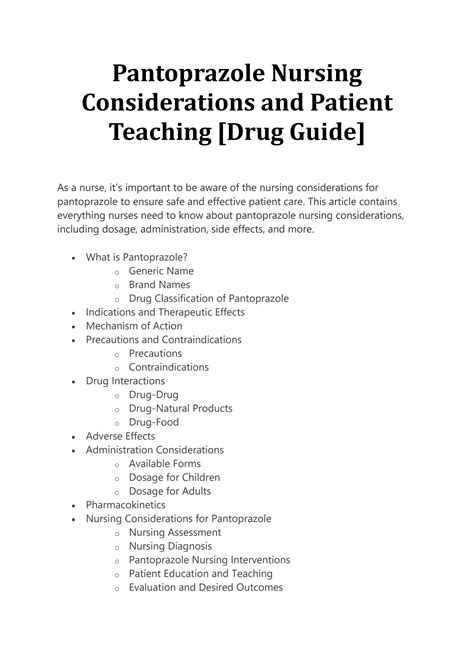Intro
Pantoprazole 40mg treats acid reflux, GERD, and stomach ulcers, reducing heartburn and inflammation with proton pump inhibitor benefits.
Pantoprazole, a medication known for its efficacy in treating various gastrointestinal issues, has been widely used for its ability to reduce stomach acid production. The 40mg dosage of pantoprazole is particularly common, prescribed for a range of conditions that benefit from decreased acid secretion in the stomach. Understanding the uses of pantoprazole 40mg is essential for both healthcare providers and patients, as it can significantly improve the quality of life for those suffering from certain digestive disorders.
The importance of managing stomach acid levels cannot be overstated, as excessive acid production can lead to discomfort, pain, and even long-term damage to the esophagus and stomach lining. Pantoprazole 40mg plays a crucial role in this management, acting as a proton pump inhibitor (PPI) that effectively blocks the production of gastric acid. This mechanism of action is the foundation for its use in treating several conditions, including gastroesophageal reflux disease (GERD), peptic ulcer disease, and Zollinger-Ellison syndrome, among others.
For individuals experiencing the burning sensation of heartburn or the pain of stomach ulcers, pantoprazole 40mg offers a therapeutic solution. By reducing the amount of acid in the stomach, this medication helps to alleviate symptoms, promote healing, and prevent future complications. Moreover, the convenience of once-daily dosing for most conditions makes it easier for patients to adhere to their treatment regimen, enhancing the overall effectiveness of the therapy.
Pantoprazole 40mg Mechanism of Action

Pantoprazole works by irreversibly inhibiting the H+/K+ ATPase (proton pump) in the gastric parietal cells. This action blocks the final step of acid production, thereby reducing gastric acidity. The irreversible inhibition means that the effect of pantoprazole lasts until new proton pumps are produced by the parietal cells, which typically occurs over a period of several days. This prolonged action supports the once-daily dosing regimen commonly prescribed for patients.
Benefits of Pantoprazole 40mg
The benefits of pantoprazole 40mg are multifaceted, offering relief from symptoms, healing of damaged tissues, and prevention of future complications. Some of the key benefits include: - **Rapid Symptom Relief:** Pantoprazole 40mg can provide quick relief from heartburn and other symptoms associated with excessive stomach acid. - **Healing of Esophagitis:** By reducing acid production, pantoprazole facilitates the healing of esophageal inflammation and damage caused by GERD. - **Prevention of Ulcer Recurrence:** For patients with a history of peptic ulcers, pantoprazole 40mg can help prevent the recurrence of ulcers, especially when used in combination with antibiotics to eradicate Helicobacter pylori infection.Common Uses of Pantoprazole 40mg

Pantoprazole 40mg is commonly prescribed for several gastrointestinal conditions, including:
- Gastroesophageal Reflux Disease (GERD): Characterized by the backflow of stomach acid into the esophagus, causing symptoms like heartburn and regurgitation.
- Peptic Ulcer Disease: Including gastric and duodenal ulcers, which are sores that develop on the inside lining of the stomach and the upper portion of the small intestine.
- Zollinger-Ellison Syndrome: A rare disorder marked by excessive production of gastric acid due to high levels of gastrin, leading to severe ulcers.
Administration and Dosage
The administration and dosage of pantoprazole 40mg can vary depending on the condition being treated. For most conditions, the standard adult dose is 40mg once daily, taken orally in the morning, before meals. It's essential to follow the specific dosage instructions provided by a healthcare provider, as the duration of treatment and dosage may differ for various conditions.Potential Side Effects of Pantoprazole 40mg

While pantoprazole 40mg is generally well-tolerated, like all medications, it can cause side effects. Common side effects are usually mild and may include:
- Headache
- Diarrhea
- Nausea
- Vomiting
- Gas
- Dizziness
Less common but more serious side effects can include:
- Increased risk of osteoporosis-related fractures
- Vitamin B12 deficiency
- Hypomagnesemia (low magnesium levels)
- Severe skin reactions
Precautions and Interactions
It's crucial for patients to inform their healthcare provider about all medications they are currently taking, including over-the-counter drugs and supplements, as pantoprazole can interact with other medications. Additionally, patients with certain medical conditions, such as liver disease, should use pantoprazole with caution.Long-Term Use Considerations

The long-term use of pantoprazole 40mg, like other PPIs, has been associated with an increased risk of certain conditions, such as osteoporosis-related fractures and magnesium deficiency. Regular monitoring by a healthcare provider is essential to minimize these risks and to assess the need for continued therapy.
Alternatives and Lifestyle Changes
For some patients, alternative treatments or lifestyle changes may be recommended in conjunction with or instead of pantoprazole 40mg. These can include: - **Antacids and Histamine-2 (H2) Blockers:** For mild and intermittent symptoms of heartburn and acid reflux. - **Dietary Changes:** Avoiding trigger foods, losing weight, and elevating the head of the bed can help alleviate symptoms of GERD and peptic ulcer disease. - **Surgery:** In severe cases or when medical therapy is ineffective, surgical options may be considered.Patient Education and Adherence

Educating patients about the proper use of pantoprazole 40mg, potential side effects, and the importance of adherence to the prescribed regimen is vital for the successful management of gastrointestinal disorders. Patients should be encouraged to ask questions and seek guidance from their healthcare provider if they experience any concerns or difficulties with their medication.
Future Directions in Treatment
Research into new treatments and therapies for gastrointestinal disorders continues to evolve. Future directions may include the development of more targeted therapies with fewer side effects, as well as a greater focus on preventive measures and lifestyle interventions to reduce the risk of developing these conditions.Conclusion and Next Steps

In conclusion, pantoprazole 40mg is a valuable medication in the management of various gastrointestinal conditions, offering symptom relief, healing, and prevention of future complications. As with any medication, it's essential to use pantoprazole 40mg under the guidance of a healthcare provider, adhering to the prescribed dosage and being aware of potential side effects and interactions.
We invite readers to share their experiences or ask questions about pantoprazole 40mg in the comments section below. For those seeking more information on gastrointestinal health or looking for resources on managing digestive disorders, we encourage you to explore reputable health websites and consult with healthcare professionals.
What is the most common use of pantoprazole 40mg?
+Pantoprazole 40mg is most commonly used to treat conditions like gastroesophageal reflux disease (GERD) and peptic ulcer disease by reducing stomach acid production.
Can I take pantoprazole 40mg with other medications?
+It's essential to inform your healthcare provider about all medications you're taking, as pantoprazole can interact with other drugs. Your provider will guide you on safe use.
Are there any lifestyle changes that can help with conditions treated by pantoprazole 40mg?
+Yes, dietary changes, weight loss, and avoiding trigger foods can help alleviate symptoms of GERD and peptic ulcer disease. Elevating the head of your bed can also help reduce nighttime symptoms.
